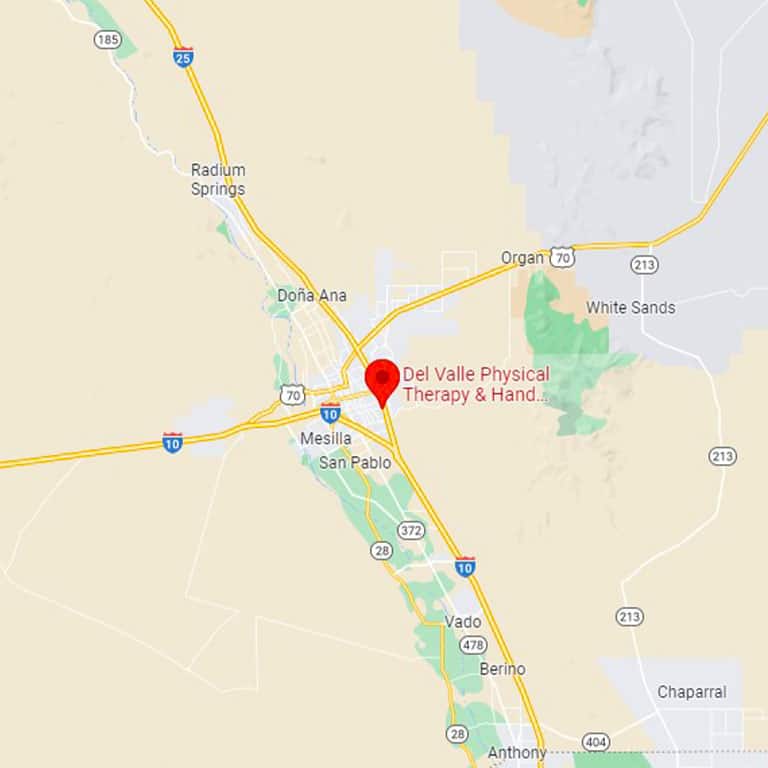Symptoms of a Dislocated Thumb
A dislocated thumb happens when the bone in the thumb is forced out of position. Dislocated thumb injuries can occur for a variety of reasons, including falls, accidents, and sports injuries. The immediate pain following an injury may mask the fact that the thumb has been dislocated. But over time, certain symptoms will emerge. If you believe you may have a dislocated thumb, contact your physical therapist in Las Cruces, NM, for diagnosis and treatment. Here are the most common symptoms of a dislocated thumb.
Pain
The first symptom of a dislocated thumb is usually pain. Even after the swelling goes down, sudden, sharp, and intense pain may occur if the thumb is moved in a certain way or if pressure is applied to it.
Deformity
Sometimes, the thumb will be visibly out of place or look deformed or misaligned. Note that this isn’t always the case; often, a thumb is dislocated, yet it generally looks fine.
Bruising
If the thumb dislocation results from some kind of blunt force trauma, there may be associated bruising in the area.
Numbness or Tingling
In some cases, a dislocated thumb may cause numbness or tingling sensations in the thumb or surrounding areas. This can occur due to nerve compression or damage during the dislocation.
Limited Range of Motion
Following a thumb dislocation, movement of the thumb joint may be significantly restricted. Attempting to bend or straighten the thumb can be painful, and there may be a decreased range of motion compared to the uninjured thumb.
Weakness
When your thumb is dislocated, a significant amount of strength in the thumb may be lost. You may notice weakness compared to your other, healthy thumb.
Contact a physical therapist for an appointment in Las Cruces, NM, for help diagnosing and treating a dislocated thumb.






Leave a Reply
Want to join the discussion?Feel free to contribute!